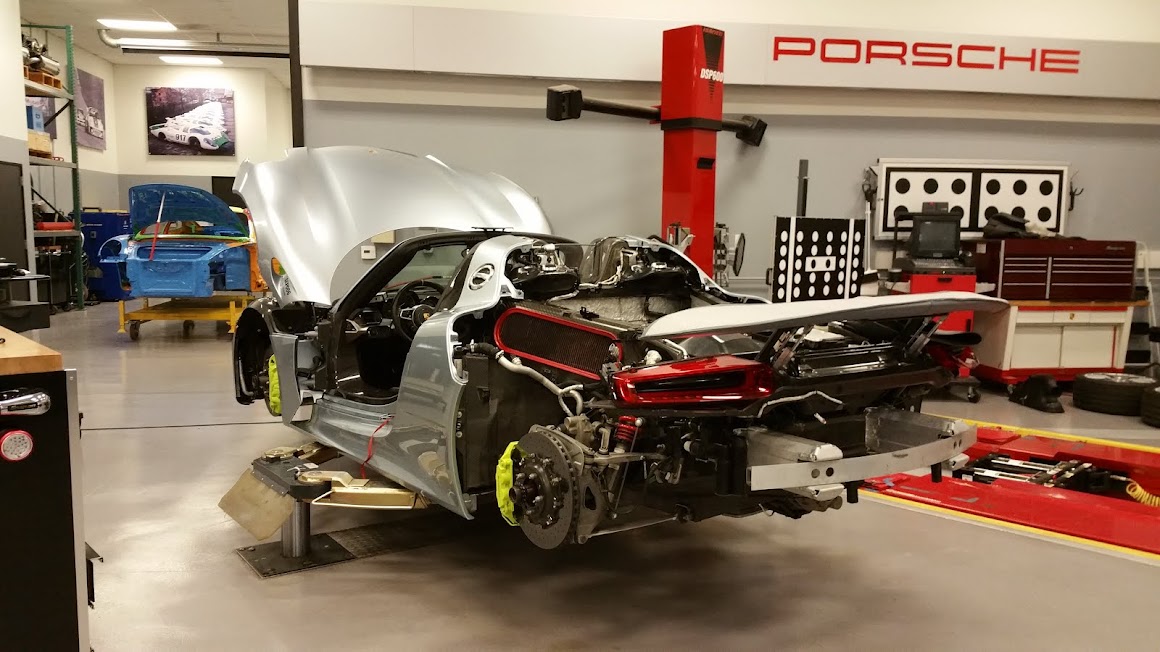
This is the first part of the Engine Management Basics. I hope that it is interesting and useful information for all of you.
The goal of the fuel system is to maintain the air fuel ratio at the most efficient air to fuel ratio, this is called Stoichiometric. This means that the Air to fuel ratio is 14.7 parts of air to 1 part of fuel. This ratio is called Lambda in German, and is displayed on a Factory style scan tool as either Actual Lambda, Oxygen sensing or Fuel trim mean value. This Lambda value is displayed as 1 and is the equivalent to the Stoichiometric ratio.
Lambda= Air mass (Mass Air Flow) divided by the theoritical required air mass
Lambda less than 1= a lack of air or rich mixture
Lambda greater than 1= an excess of air or lean mixture
When these values are displayed on a scan tool, they indicate the actual air fuel mixture and the health of the engine as well.
It is important to know that if you are using a generic OBD II scanner the Lambda value will not be displayed, but will be shown as short term and long term fuel trim. This will be discussed in detail in later posts though.
Porsche uses a Closed loop Feedback fuel management system that has a goal. The DME's ultimate duty is to make sure that emissions do not exceed a certain limit. To do this it needs a variety of sensors and other components that will work in harmony to not only keep emissions under control, but also produce good driveabilty and power at the same time. The engine management system contains map programs that are base starting points and are able to be modified to produce the most optimal performance.
The closed loop feedback systems main input sensors are the Mass air flow sensor and the oxygen sensors before the catalytic converters. The use of the oxygen sensors are essentially information sensors that enable the DME to determine if the fuel mixture control is actually doing its job correctly. Think of these sensors like an EKG of the engines overall health. The outputted signals that they produce are extremely useful for engine performance diagnostics. Diagnosis by analyzing the oxygen sensors will be discussed in the future. For now lets go over how the DME engine control unit determines the amount of fuel that will be needed to in proportion to your accelertor pedal request.
*The DME will look at the mass air flow and the engine speed.
*Then the controller will access its programmed injector duration map.
*Dme determines the injector pulse width on-off time for your given engine load and speed range.
*Dme will analyze the oxygen sensor signal inputs and determine the exact fuel mixture that is needed.
*Injector pulse width is modified and fine tuned based on the oxygen sensor input
The oxygen sensor is really the heart of the fuel mixture system, without it the DME would not be able to control emissions.
This sensor's signal must stay within a certain range and average, when this is accomplished the catalytic converter will be able to function at its most optimal potential by reducing the gases HC, CO and NOx. The oxygen sensor operates on the galvanic concentration cell principle. Think of this sensor as a battery that can generate voltage. It consists of a ceramic Nernst cell that is made up of ceramic sheets of wafers coated with platinum and are porous as well. When the sensor is at operating temperature of 650*F. thanks to an internal heater, it will react to the exhaust gases concentration of oxygen or lack of it. The sensor has a reference channel to the outside atmosphere which is used for differential measurement. It is important to note that the wiring harness for these sensors should never be repaired as it can affect the flow of air to the reference channel at the top of the sensor.
When there is a difference in oxygen content between the reference air channeled into the sensor and the exhaust stream on the outside of the sensor, then the oxygen ions will migrate from the inside of the sensor to the outside electrodes in the sensor. This creates a voltage in the range of 0.1 millivolts and 0.9 millivolts. This voltage input to the DME is proportional to the air fuel ratio. If the sensor's average is in the range of 450 mv then this is indicative of Lambda 1 and allows for effective control of emissions. Its important to remember that if the internal heater fails or is failing intermittently, it can effect engine performance and fuel economy. The reason why is that the sensor must stay above 650*F. to be able to generate voltage, if the sensor is not at the right temperature, you can get partial voltage switching that can cause excess lean or rich conditions.
More to come in due time.

